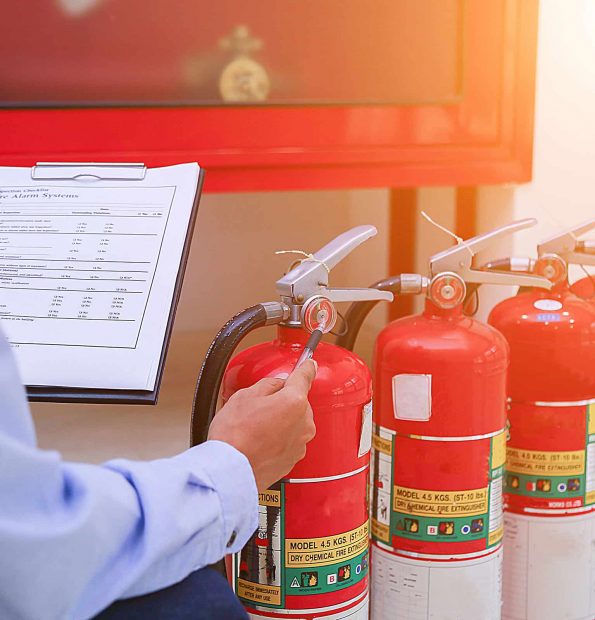Sydney’s fire safety regulations are more than just a basic checklist. The Annual Fire Safety Statement is the core of the system. It’s not just about meeting the legal demands, but also proves the owner’s dedication and commitment to security. In conjunction with the Fire Safety Certificate, the AFSS provides the foundation for a system designed to ensure the safety of building occupants as well as assures insurers and provides confidence to councils in the structures of their city.
Why the Annual Fire Safety Statement Exists
The requirement for an Annual Fire Safety Statement Sydney was not intended to be an exercise that could be done on paper. The requirement was created because regardless of how well a fire protection system is designed, it will only work if it is regularly maintained, tested and certified. Sprinklers constructed ten or more years ago might look good but they might not work in an urgent situation when they’re not inspected.

The AFSS obliges property owners to must prove, at minimum annually, that their fire protection measures, ranging from alarms to hydrants, to exit lighting, still meet the original standards established by the Building Code of Australia. This is more than an inspection. It’s a public declaration that lives are protected and the building is prepared to endure any emergency.
The Differentialities Between AFSS and Fire Safety Certificates
The Fire Safety Certificate and the Annual Statement can be misunderstood by the owners, however they have different functions. The certificate is issued after the new system is installed or when major upgrades are completed. The certificate confirms that the new measures comply with the rules before a house or tenancy is utilized. The AFSS however, on the other hand, comes later. The AFSS has a continual obligation to show that the identical systems continue to meet the standard each year after installation.
Together, they create a cycle of protection: certificates verify that the security systems were installed correctly while annual statements verify that the safety systems have been maintained throughout the life of the structure. A failure to complete either of the steps can break the entire chain.
The responsibility of the building owner
One of the unique features of the AFSS procedure in New South Wales is that it places ultimate responsibility on the property’s owner. The AFSS is not any hierarchy of defects as opposed to other forms where they could be classified as serious or minor. Even if a particular measure is not successful the whole document is ineffective.
Owners must be proactive. The owners must meet the strict deadlines to schedule inspections, enlisting accredited experts, arranging repairs and submitting documents to the council. These councils, as well as strata landlords, are also accountable for coordinating with tenants, contractors, insurers. This structure, although challenging it is designed to ensure that safety is not impaired or delayed.
The Impact of AFSS Beyond Sydney
Beyond compliance with the law beyond legal compliance, the AFSS has more ramifications. When renting space, tenants often ask regarding the current safety report of a building. Insurers also frequently request a copy prior to finalizing their coverage. An up-to-date Annual Fire Safety Statement could affect property value or tenant trusts, and even insurance rates.
Councils can get reassurance that thousands of buildings throughout Sydney are being regularly monitored. Fire authorities can reduce risks by ensuring that systems function in the event of a real emergency. In essence, the AFSS is not only about protecting specific buildings but creating a safer city all around.
Conclusion: AFSS As a Standard of Trust
The requirement for an Annual Fire Safety Declaration Sydney could be seen as an administrative burden however it’s really an act of confidence. It demonstrates that fire safety isn’t an issue that is left to chance, and that the equipment is safe and that the owners take the responsibility for the safety of those inside their buildings. When paired with a Fire Safety Certificate, it completes a system of verification that confirms both the setting up and ongoing performance of critical security measures.
For property owners, the lesson is clear: the AFSS is more than an annual deadline. It’s a pledge to safety, accountability, and community trust. This makes the AFSS so valuable in Sydney’s fast-growing urban landscape, where many rely on a safe and sound construction.